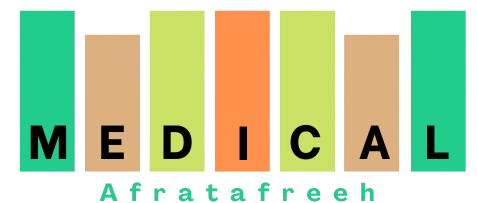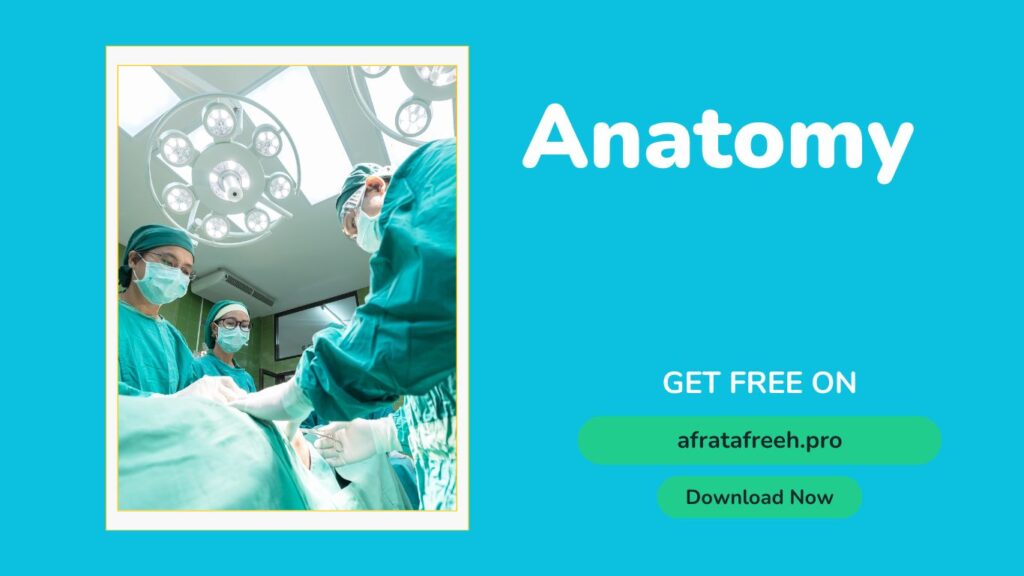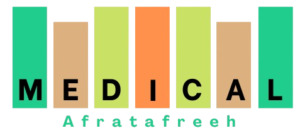anatomy is the make-or-break beast of medical school. Whether you’re staring down a cadaver or prepping for Step 1, the right resources transform overwhelm into confidence. After combing through curricula from top med schools and grilling senior residents, here’s your no-fluff guide to the 15 anatomy books that deliver results—not just pretty pictures.
Core Texts: Where Clinical Knowledge Meets Reality
These aren’t just textbooks—they’re your long-term clinical companions.
- Moore’s Clinically Oriented Anatomy (9th Ed)
Why it’s essential: Those famous “blue boxes” link every muscle and nerve to real clinical cases (e.g., why a Colles’ fracture affects dinner fork deformity). New 3D tours and surgical videos make spatial relationships click.
Best for: Students who learn through storytelling. - Gray’s Anatomy for Students (4th Ed)
The workhorse: Paragraph-based depth with self-assessment quizzes. Its online platform (Student Consult) offers spotter exams perfect for lab practicals.
Secret weapon: Embryology sections clarify developmental errors behind birth defects. - Guyton & Hall Textbook of Medical Physiology (14th Ed)
Non-negotiable for systems integration: Explains why renal blood flow autoregulates or how heart failure cascades—critical for USMLE and wards.
Pro tip: Pair with Pathoma for pathology context.
Visual Mastery: Atlases That Make Anatomy Stick
For visual learners drowning in origin/insertion details.
- Netter’s Atlas of Human Anatomy (8th Ed)
The gold standard: Netter’s paintings turn complex structures (like brachial plexus) into memorable art. New dissection videos show exactly what you’ll see in lab.
Use case: Pre-lab prep to avoid “cadaver panic.” - Rohen’s Photographic Atlas (8th Ed)
Brutal but vital: Real cadaver photos—no illustrations. Prepares you for identifying structures under bright lights and formaldehyde haze.
Critical for: Nailing practical exams. - Thieme Atlas of Anatomy (3rd Ed)
Underrated gem: Color-coded pathways track nerves/vessels like subway maps. Cross-sections rival MRI slices.
Ideal for: Neuroanatomy and vascular surgery hopefuls. - Grant’s Dissector (15th Ed)
Lab bible: Step-by-step dissection guides prevent “oops” moments (like cutting the median nerve).
Pair with: Grant’s Atlas for hybrid illustration/cadaver views.
High-Yield & Quick References: When Time Is Short
For shelf exams or dedicated USMLE crunch time.
- BRS Gross Anatomy (7th Ed)
The bullet-point savior: Condenses Moore’s/Gray’s into outlines + 550+ NBME-style Qs.
Efficiency hack: Annotate directly into BRS during lectures. - High-Yield Neuroanatomy (6th Ed)
Crushes the neuro-curve: Simplifies corticospinal tracts, blood supply, and lesions in 120 pages. Clinical cases (e.g., Bell’s palsy) cement concepts. - Langman’s Medical Embryology (15th Ed)
Makes embryology human: Links pharyngeal arches to cleft palate, neural tube defects to folate—no more abstract diagrams. - Color Atlas of Anatomy (Rohen/Yokochi, 9th Ed)
Flashcard alternative: Labeled cadaver photos with overlay quizzes. Test yourself before lab.
- Specialized Deep Dives & Digital Tools
For overachievers and tech-integrated learners.
- Nolte’s The Human Brain (8th Ed)
Neuro nirvana: Explains circuits like Parkinson’s pathways with clinical imaging. - Pawlina’s Histology (8th Ed)
Microanatomy made macro: Slide legends connect tissue structure to function (e.g., glomerular filtration barrier). - Sobotta Atlas (24th Ed)
European precision: Layer-by-layer dissections perfect for surgical rotations. - Complete Anatomy (3D4Medical)
Digital game-changer: Rotate, dissect, and quiz on 17,000+ structures. Beats carrying 10 lbs of books.
Anatomy Book Cheat Sheet
| Scenario | Top Picks |
| Lab Practical Panic | Rohen’s + Grant’s Dissector |
| Step 1 Dedicated | BRS + High-Yield Neuro + UWorld Anatomy |
| Clinical Rotation Prep | Moore’s + Netter’s Clinical Cases |
| Budget Mode (<$100) | OpenStax Anatomy (free) + BRS |
Parting Wisdom from the Anatomy Trenches
“Your atlas is a GPS—your textbook is the travel guide. Use both or get lost.” — Dr. Lena K., Anatomy Prof, Johns Hopkins
Avoid these rookie mistakes:
- ✘ Using only one resource: Netter’s art won’t teach clinical correlations like Moore’s blue boxes.
- ✘ Ignoring digital tools: Apps like Complete Anatomy reveal angles books can’t.
- ✘ Memorizing without context: Focus on “clinical why” (e.g., why the recurrent laryngeal nerve risks injury in thyroid surgery).
In Year 1, start with Gray’s + Netter’s. For Step 1, hammer BRS + High-Yield. On surgery rotations, carry Moore’s. And always—annotate relentlessly.
Anatomy isn’t about memorization—it’s about building a 3D mental map of the human story. With these resources, you’ll move from overwhelmed to overprepared. Trust the process, and remember: every great clinician once blanked in the cadaver lab too.


